China's will use the J-20 for Air Superiority In a Way You Won't Expect
An Analysis of the J-20 shows how China's definition of "Air Superiority" differs from the U.S., but may achieve the same results.
Introduction
The J-20 is China’s fifth generation stealth fighter designed for what China has labeled “Air Superiority”, putting it in the same category as the United States F-22.
However, when comparing the two aircraft’s designs, distinct differences can be seen:
The F-22’s design places focus on dog-fighting air-superiority and maneuverability, while the J-20’s design seems takes inspiration from Cold-War Soviet interceptors famous for their high-speed, not maneuverability.
Yet despite these design differences, by taking a change in point of view, from tactical to strategic, one can bring to light how the J-20 could perform the same air superiority mission as the F-22. Utilizing a holistic, multi-prong approach through China’s hypersonic missile systems (e.g., the DF-17 and DF-21) to push aircraft carriers away from Chinese shores, combined with the J-20 /engaging aerial tankers and essential aircraft, China can essentially keep Western fighters out of the battlefield, thereby establishing air-superiority in a way different from traditional expectations.
Table of Contents:
Overview of the J-20
Systems Engineering of the J-20
The J-20’s Armament
Estimated Speed of the J-20 from Mach Angle
How the J-20 mitigates the limitations of its Soviet-era ancestry
A Vulnerable Prey: Aerial Fuel Tankers
Conclusion: China’s definition of “Air Superiority”
References:
Overview:
The J-20 is China’s fifth generation stealth fighter designed for what China has labeled “Air Superiority”, putting it in the same category as the United States F-22.
However, when comparing the two aircraft’s designs, distinct differences can be seen. The F-22’s design places focus on dog-fighting air-superiority and maneuverability, while the J-20’s design seems takes inspiration from Cold-War Soviet interceptors famous for their high-speed, not maneuverability.
Yet despite these design differences, an open source analysis actually seems to indicate that the J-20 could perform the same air superiority mission as the F-22, albeit in a different way.
The J-20’s overall engineering and design combines several unique aspects that are not found in other 5th generation fighters. A high-level, basic open-source analysis shows that the J-20 design is potentially characterized by:
A requirement of the system to traverse longer ranges due to the inherent distances of the Indo-Pacific.
Higher potential top speeds akin to interceptors through airframe design cues similar to the Soviet-era Mikoyan-Gurevich (MiG) aircraft like MiG-25 and MiG-31.
Mitigation of the limited maneuverability inherent to the MiG-25 and MiG-31 designs by utilization of canard surfaces a la Rafale, Eurofighter, and Gripen to increase the maneuvering surface area for the fighter.
Access to Beyond Visual Range Missiles and possibly further with a use case akin to the United States AIM-54 Phoenix missile.
The systems role in a “Systems of Systems” engineering approach when establishing Air Superiority.
Systems Engineering and Design
When performing systems engineering for a system, one has to look at three key factors:
The system’s operating environment.
The system’s objectives to accomplish.
The system’s likely opposition.
From there, one can derive and define the objectives and functions the system will need to address.
Operating Conditions:
Key conditions that need to be considered for operating conditions are:
Long distances between airstrips and operating areas
Operations over vast, open water
Objectives that system will be expected to meet:
High-Speed traversal of long distances and open water traversal requirements.
Interception and engagement of aircraft over long distances
Expected opposition will be American 5th generation fighters characterized by:
High overall stealth and difficult detectability
Limited range due to the American fighter design originally being for European theaters with expected nearby basing, resulting in:
Carrier-based operations due to lack of close-distance air force bases
Systems Engineering Requirements:
With the aforementioned factors in mind, the deduced high-level Systems Engineering Requirements that can be expected are (With the rationale behind them):
The System shall have an operating range of x miles
Rationale:
The System will likely need extended range and reduced need for drop tanks due to:
The nature and long distances involved of the Pacific environment
The need to maintain reduced radar and detection signatures
Therefore, a larger-sized fighter with greater internal fuel storage will be expected to fulfill this requirement, and thus seems to have been met base on open-source measurement estimations of the J-20 when compared to the F-22 and F-35.
The System shall have a high top-speed
Rationale:
Conflict can occur at long distances from where aircraft would be based in the Indo-Pacific. Having an aircraft that can traverse vast distances at high speeds is essential for operations.
The System shall have reduced overall radar cross section
Rationale:
This is likely to minimize counter-engagement by enemy combatants.
The reduced cross-section will allow the system to engage combatants from further away.
This requirement is complementary to the need for a larger aircraft, as the size will enable larger internal storage to maintain stealth.
The System shall perform air superiority missions
The System shall utilize air-to-air munitions to engage airborne targets.
The System shall perform beyond-visual-range air-to-air engagements.
Rationale: The system will likely want to maximizes engagement advantage through a combination of stealth and high top speeds.
The System Shall achieve high cruising speeds and top speeds
Rationale: Though this requirement was mentioned earlier, the high speed the aircraft is capable of would enhance engagement range and kinetic energy of air-to-air missiles at high altitudes.
These requirements show the distinct design choices made for the J-20. The relatively “Short” ranges of current top-tier U.S. Aircraft such as the F-35 of approximately 1400 miles (700 miles to target + on station for mission prior to returning back to base/carrier), means that extending ranges for U.S. aircraft would require aerial refueling tankers like the KC-46 during missions in the Pacific. This addition of tankers to missions builds in additional complexity and logistics to operations. However, the choice to enlarge the overall size of the J-20 would increase the overall range of the aircraft would mitigate China’s need to utilize refueling tankers and thus simplify operations.
Armament:
The J-20’s current armament has been designed to engage targets at beyond-visual-range and short range, bringing it closer to parity with its U.S. counterpart aircraft. However it is a missile in testing that has caught the attention of analysts regarding its potential use with the J-20, and could shift the balance of engagement capabilities.
The currently-known missiles to have been seen mounted within the J-20’s weapon stores have been the PL-10 and the PL15 as shown below:
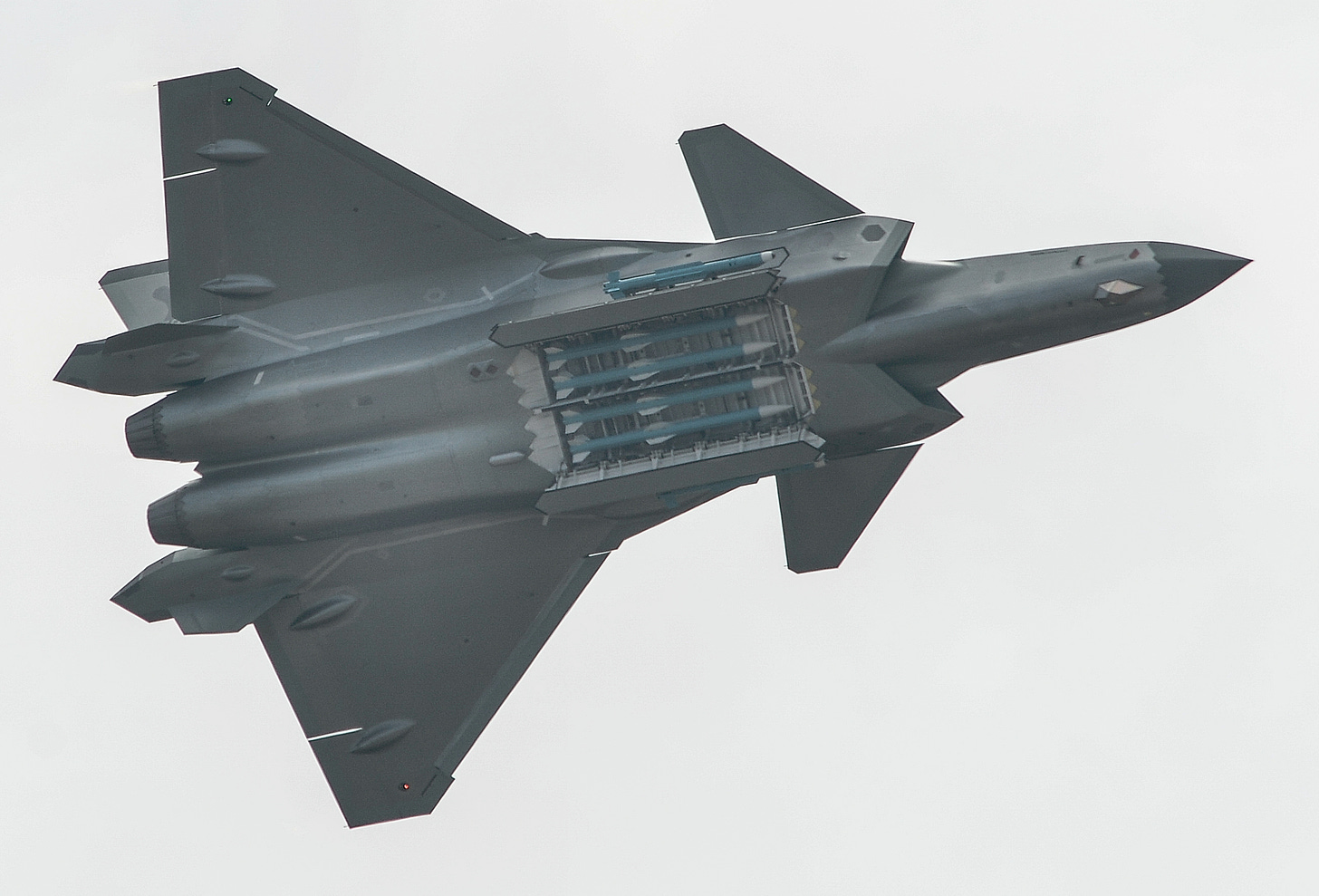
These two sets of missiles (The PL-10 and PL-15) are roughty analogous in capability to the American the AIM-9 Sidewinder and AIM-120 Advanced Medium Range Air-to-Air (AMRAAM) missile.
A “Phoenix” From The Ashes:
While the PL-10 and PL-15 are believed to have brought China’s air-to-air capabilities in closer parity with the United States, it has been the observed testing of a newer missile that has caught the attention of analysts. In particular, the PL-17 (also called the PL-21) is believed to have been developed and has been seen in public imagery such as below:
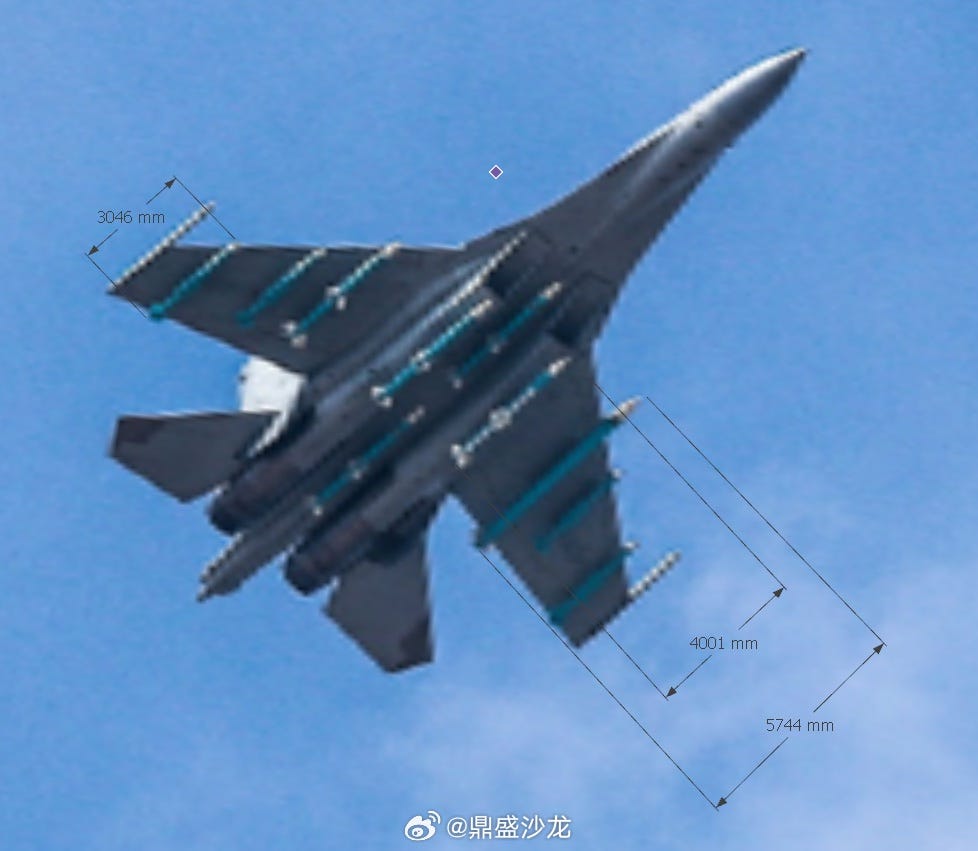
The image shows the PL-17 missile on the left wing of a J-16, and can be visually estimated at nearly twice the length of the short-range PL-10 missiles shown in the outer racks of the aircraft.
While it is currently believed that the PL-15 is the Chinese analog of the AIM-120 AMRAAM, with a comparable length and estimated capabilities, the PL-17, with its larger size, could provide Chinese aircraft the ability to engage targets at longer ranges than missiles that the United States currently has in operation. Open Sources estimate place the engagement range of the PL-17 at approximately 400km, or 248 miles. Given that the open source ranges for the AIM-120, the longest range air-to-air missile currently equipped by the United States, is 160km or 97.2 miles, theoretical engagements with the PL-17 indicate that a Chinese fighter would be capable of engaging targets at almost 2.5 times the range of what current U.S. fighters would be capable of.
Mounting the Pl-17:
There are very few public photos of the J-20 with external wing mounts, however they do exist, as shown below:
This gives plausibility to the capability of the J-20 mounting missiles externally, and thus credence to potential arming of the J-20 with the long range PL-17.
The “Phoenix” Use Case:
Knowing that the PL-17 could potentially be mounted to a J-20, a potential use case for the PL-17 is likely similar to the U.S. AIM-54 Phoenix missile:
Utilized by the Grumman F-14 “Tomcat”, the AIM-54 Phoenix was meant for long-distance engagement of sub-sonic Soviet Bombers attacking U.S. Carrier Fleets during the Cold-War, engaging the Bombers at distance while keeping the F-14 out of range of potential retaliation from the Bomber escorts.
When launched, the Phoenix would utilize mid-course updates from the F-14’s AWG-9 radar (APG-71 radar in the F-14D) to orient itself to target while climbing to a cruising between 80,000 ft (24,000 m) and 100,000 ft (30,000 m).
The Phoenix, when moving at top speed, performed two actions:
Approached near hypersonic speeds (Mach 5).
Reached High-altitudes to reduce atmospheric drag.
These two actions - high speed, high altitude, and thus reduced drag, would serve to lengthen the engagement range of the Phoenix missile, and enable it to engage targets at higher speed and kinetic energy. it was only at “around 11 miles (18 km) from the target, [that] the [Phoenix missile would activate] its own radar to provide terminal guidance.[11]
The use of the Phoenix (using higher altitude, a large size similar to the Phoenix missile, and new technologies) is believed to give PL-17 the capability of hypersonic engagement speeds near or around Mach 6+. If this is the case, the missile would provide engagement ranges to Chinese Aircraft beyond current U.S. aircraft capabilities.
An illustration of the PL-17 in testing is shown below with the missile mounted on a J-16 aircraft:
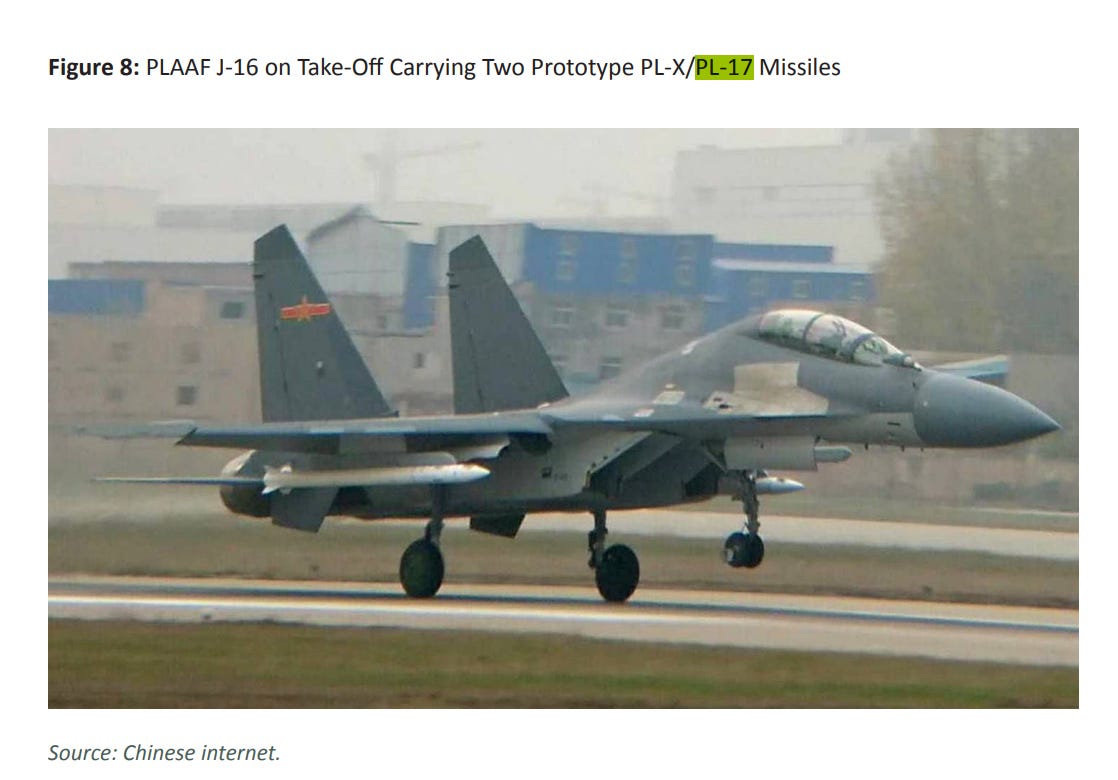
Estimated Speed from Mach Angle:
The estimated top speed of the J-20 that I have calculated comes from using a NASA open-source equation called the Mach Angle. NASA defines the Mach angle as the angle between the Mach cone and the direction of motion of a body traveling at supersonic speed.
Caveat: The angle will not correspond to the observed top speed if the engines are under-powered, as is the possible case with the J-20. The reasoning for this is until recently the aircraft was using engines meant for a different, older aircraft as opposed to the engines that are meant for the aircraft.
To obtain confidence on my end that the calculation could reasonably predict the J-20’s potential performance without actually being present at tests, I utilized this calculation to estimate the open-source speeds for the SR-71, MiG-31, and F-22 in an earlier entry:
You can find a link to the post where I calculated the estimated top speed of these aircraft here, but I have posted the summaries of the calculations below.
The Mach Angle for the SR-71 was estimated at approximately 16 degrees:
And this angle corresponded to a top speed of mach 3.63:
This estimate matches closely with the acknowledged top speed of mach 3.5 for the SR-71.
To determine the accuracy of the calculation, I divided the estimated calculation by the acknowledged top speed of the SR-71, obtaining a difference of about 4%:
I then calculated an approximate top speed of the MiG-31, obtaining an angle of 21 degrees:
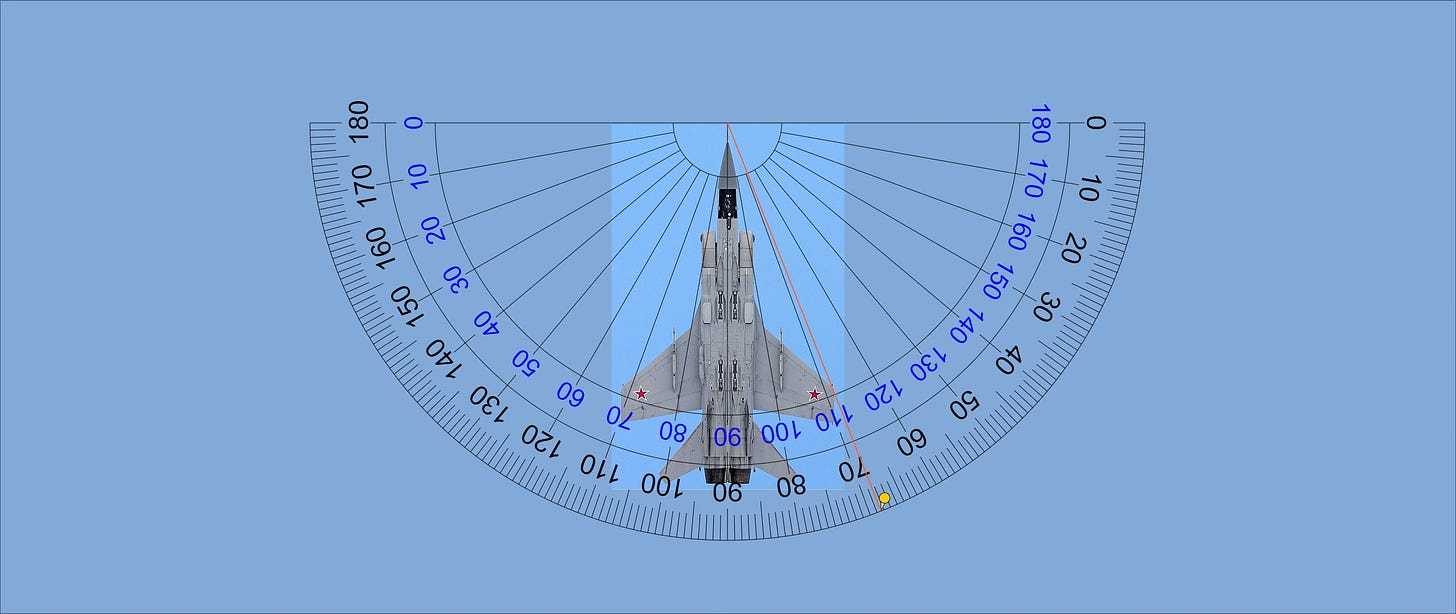
This angle corresponded to a top speed of mach 2.73:
I was surprised to find how close the observed top speed that the Mig-31 (mach 2.83), came to the estimated calculation of mach 2.73, though it had been reported that the Mig-31 could reach mach 3.2 with the risk of engine damage:

Calculating the difference between the Mig-31’s estimated and observed results, I obtained approximately 96% accuracy:
Finally, as one last test of the calculation, I took an overhead image of the Lockheed Martin F-22 Raptor from Lockheed’s own website, and observed an angle of 28 degrees:
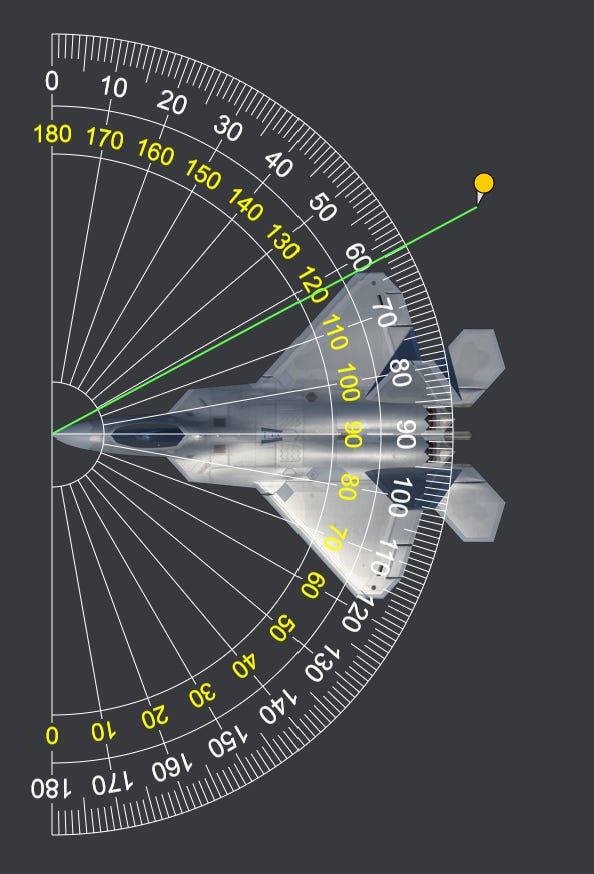
And the calculated Mach Angle estimated a speed of mach 2.13:
The acknowledged top speed of the F-22 Raptor is approximately 2.25:
Again, I was surprised as to how close NASA’s calculation came to correctly approximating the top speed of the F-22, with a calculated difference between the Calculated and Observed speeds being approximately 95%:
I finally took an average of accuracy of the mach angle calculation for the top speeds of the three aircraft and obtained a ~96% accuracy:
The ability to get an average 96% accuracy between the calculated and observed speeds of three famous aircraft gave me confidence that applying this calculation to the J-20 would get us a ballpark estimated for its observed top speed.
So assuming that we can get within 90% accuracy of the J-20’s top speed we get a Mach Angle of 24 degrees:
The mac angle calculation for this angle corresponds to an estimated speed of mach 2.5:
Knowledge of the an estimated Mach speed angle corresponding to a top speed of Mach 2.5 would indicate that there is potential for the J-20’s design to go faster than the United States’ F-22 Raptor. While not as fast as the Cold-War era MiG-25 and MiG-31, the use case here makes sense as the system would be needed to traverse long distances quickly to perform its missions.
Mitigation of Limited Maneuverability: Canards
With notable exception of the canards, the airframe design of the J-20 would initially indicate an objective of high speed traversal:
Behind the canards, the wing is pulled further back, indicating a focus on the aircraft’s top-end speed. This similarity is very similar to the aforementioned MiG-25 and MiG-31:
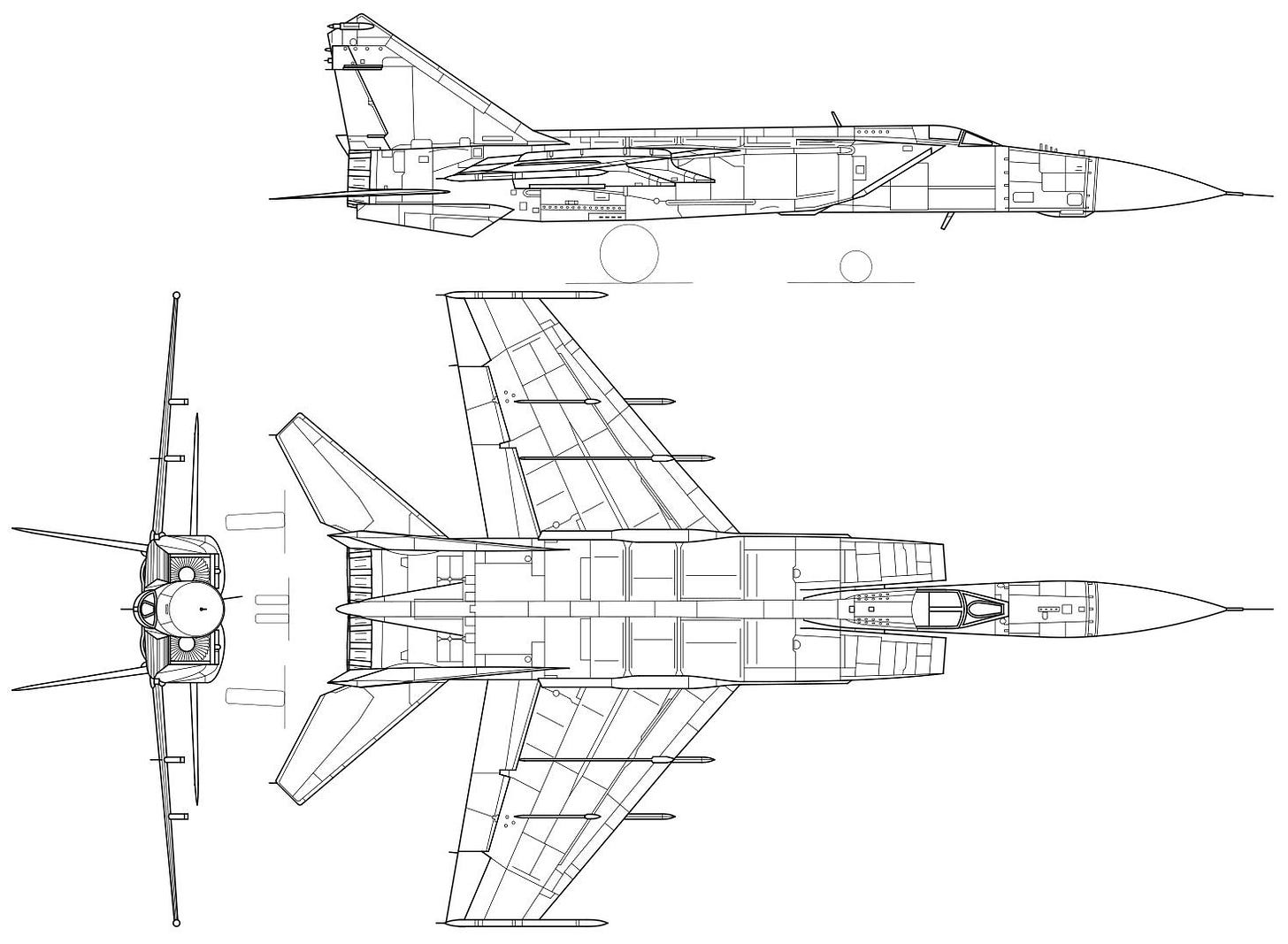
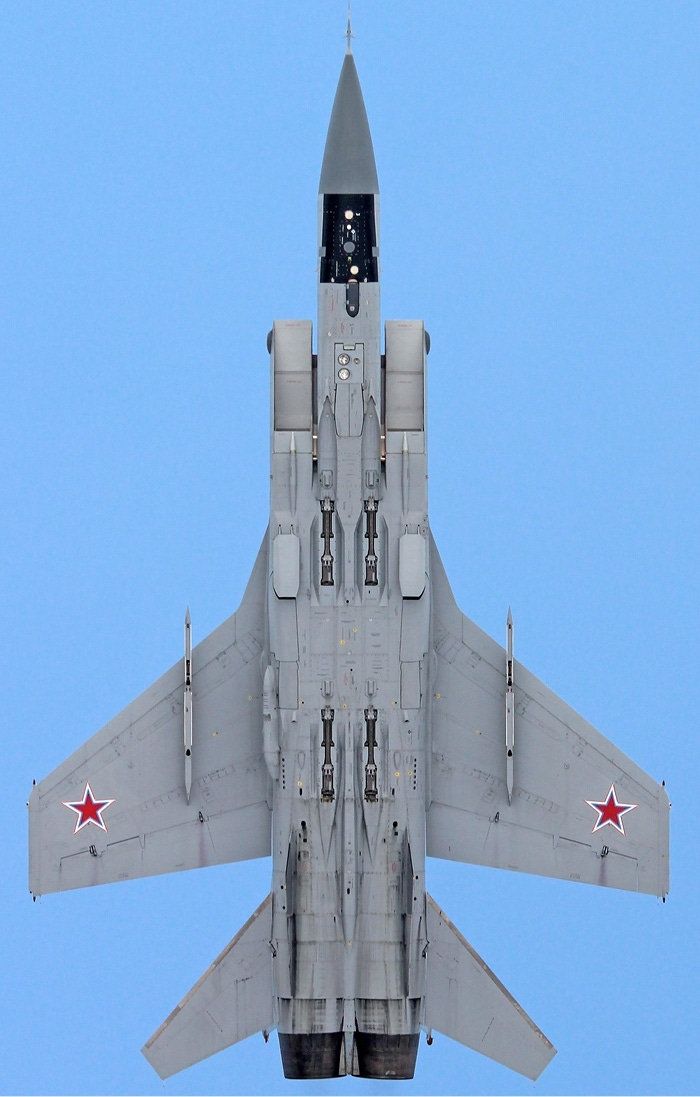
A swept-back wing design enables top-end speeds for aircraft, and was observed with these particular MiG fighters, with both the MiG-25 and MiG-31 being classed as two of the fastest fighter aircraft in history with top speeds between Mach 2.7 and 2.83 depending on the calculations.
A lifting body can be seen at the leading edge of the wing root for the J-20, further providing similar design cues to the MiG-31. This lifting body allows for the increase in surface area and therefore maneuverability when compared to the MiG-31.
The biggest design cue difference however is the inclusion of canards on the wings of the J-20. This is most likely in the mitigation of the limited mobility inherent in the high-speed interceptor design of the MiG-25/31. Use of canards for increased maneuverability is seen in European fighters like the French Rafale, Eurofighter Typhoon, and the Swedish Gripen.
A patent application for a super-maneuverable fighter gives the description for how canards enable increased maneuverability:
In…flight, [the] rotatable canard arrangement, [is] deflected to approximately the same magnitude, but of opposite sign, as the angle of attack of the aircraft so that the canard arrangement remains effective to control the aircraft through large ranges of angles of attack, pitch, and flight path.
Further reference for canards being used to increase maneuverability include this image found on Twitter/X of how a Saab Gripen controls high angle of attack with its canards:
By maintaining maneuvering surfaces (e.g., canards) that are not stalled with proper airflow, a fighter can remain under greater control during high angle-of-attack attack maneuvers. It is this implementation in the J-20 that mitigates the limited maneuverability inherent in its design similarity to high speed interceptors.
A Vulnerable Prey: Aerial Fuel Tankers
With the knowledge of the U.S. F-35 and F-22’s development dating back to the 1990s and 1980s respectively, the PLA has had time to analyze potential weaknesses in the F-35’s capabilities.
The most pointed-out weakness of both jets has been the limited range of both aircraft.
Developed for warfare within a European theater, where bases would be relative close to the borders of a hostile Eurasian nation the engineers behind the F-35 and F-22 did not take the vast distances of the Indo-Pacific environment into consideration when they performed their systems design. As a result of these design choices and and the now real-world need for their use in the Pacific, the ranges that the F-35 and F-22 are capable of without drop-tanks are severely limiting.
To mitigate this limited range, Fuel tankers being fielded by the United States as the easiest mitigation to this limited range:
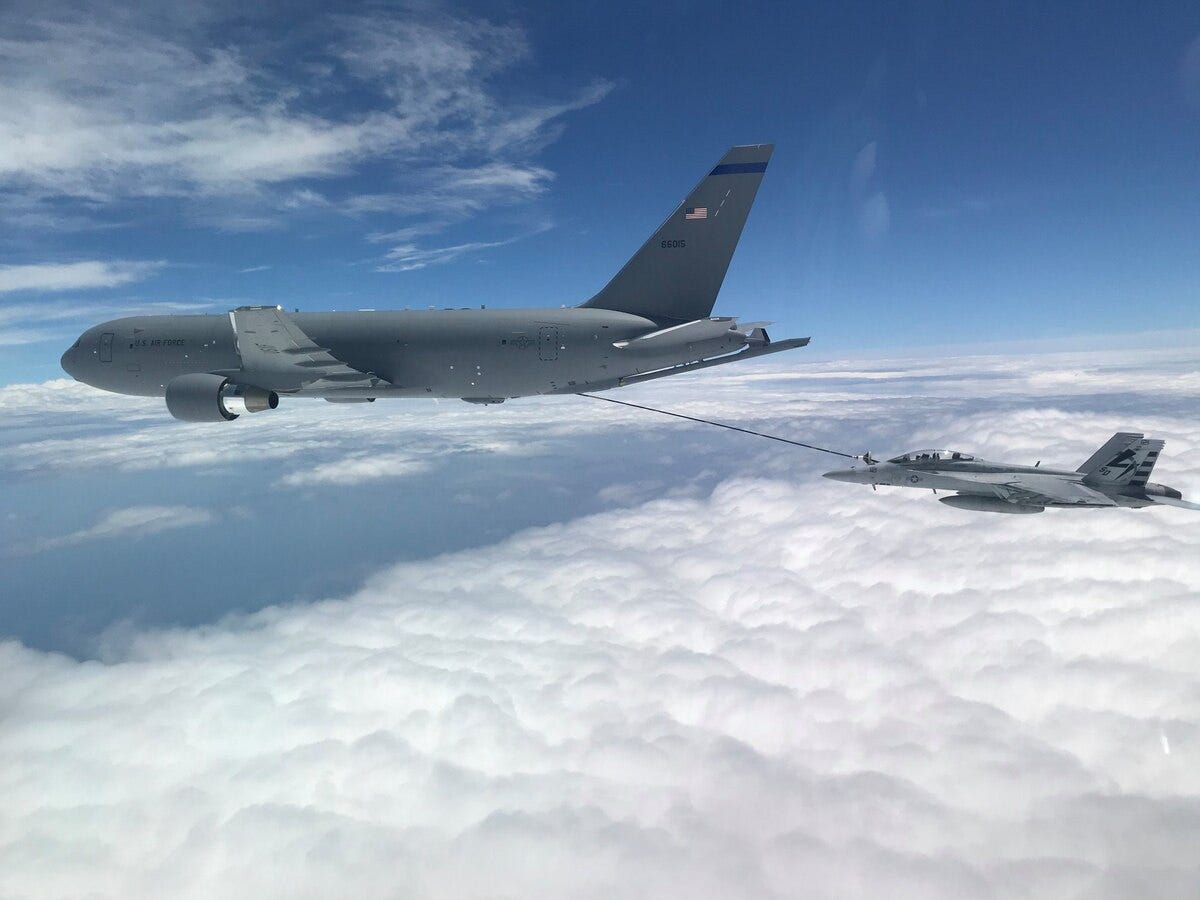
These Fuel Tankers, by virtue of their mission to extend the range of 5th and 4th generation U.S. Fighters, are high-value targets based on non-stealthy, civilian aircraft fuselages that are much easier to detect and track than their stealthy escorts.
With this knowledge and assessment, the use-case for the development of the J-20 and the PL-17 missile starts to make sense. A J-20 with its higher top speeds would be a capable platform for launching hypersonic missiles like the Pl-17 at high velocities and much longer distances. Non-stealthy, slow-maneuvering targets like fuel tankers would be much more vulnerable to attacks by the PL-17 at distance, and if eliminated, U.S. aircraft would not have the range to engage Chinese assets.
China’s definition of “Air Superiority”
So how does eliminating air-tankers help establish air superiority for China? The key to doing this is when the establishment of “Air Superirority” is viewed from a higher, strategic level, namely through the linked usage of the J-20 and China’s other technology: Hypersonic Anti-Ship missiles.
The current engagement ranges of Hypersonic Anti-ship missiles like the DF-21 and DF-17 is greater than that of any current United States carrier-based aircraft. For any currently fielded U.S. carrier-based aircraft like the F-35 Lightning and F/A-18 Super Hornet to perform its mission, aircraft carriers would have to put themselves at risk of attack from China’s hypersonic missile batteries. Therefore to avoid this, fuel tankers would be needed to lengthen the ranges of and keep aircraft carriers outside the range of China’s hypersonic missile batteries, again, putting the tankers under risk from long-range interceptor aircraft like the J-20.
Thus, China can air superiority by clearing the battlefield of opposing aircraft in a conflict: by pushing aircraft carriers away with hypersonic missiles, and preventing the use of aerial tankers with long range fighters like the J-20, U.S. would have to put either aircraft carriers or fuel tankers at risk to effectively utilize its fighting strategy.
Conclusion:
The J-20 fighter, while defined as an “Air Superiority” aircraft, does not follow the traditionally design cues expected of an “Air Superiority aircraft”, seemingly designed to perform long range interceptor roles.
However, when viewed from a holistic perspective, with the goal of the larger system being to establishing air superiority over a battlefield, the J-20 starts to make sense as a supporting-role player in a larger strategy. The implementation of a long range interceptor system like the J-20 to keep U.S. tanker aircraft away while simultaneously using hypersonic missile systems to keep aircraft carriers beyond their aircrafts’ effective range. China use of a holistic perspective can establish air superiority by clearing the battlefield without ever utilizing a fighter design similar to what has been established as an “Air Superiority” fighter.
References:
Aerospace Analysis: How fast can China's WZ-8 "Hypersonic" UAV really go?
Overview: In this edition of the the Engineer’s Perspective, I look at images of a “Hypersonic” drone released on Chinese social media. Utilizing open source calculations from NASA’s website, I approximate the top speed this aircraft can possibly achieve, and the results are interesting.
Royal United Services Institue: Russion and Chinese Combat Air Trends

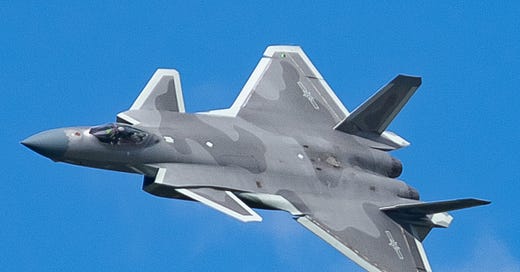


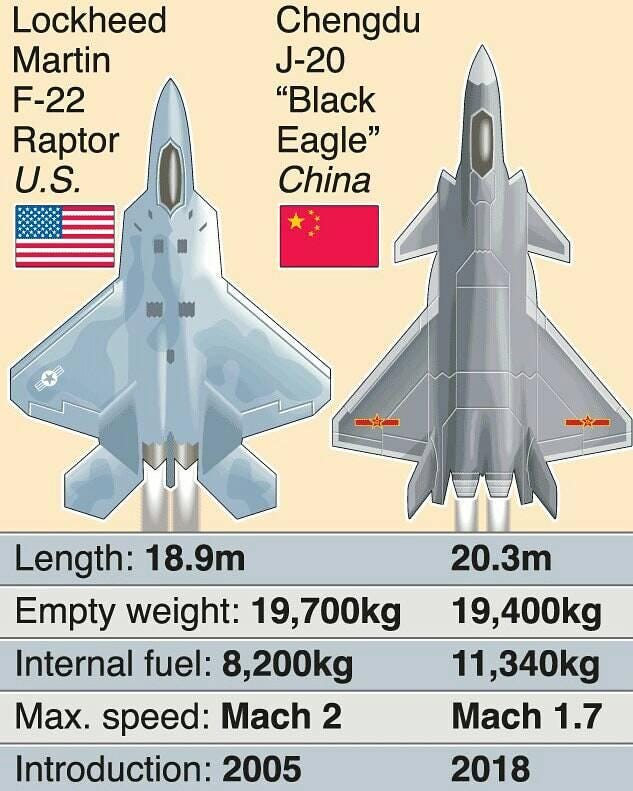
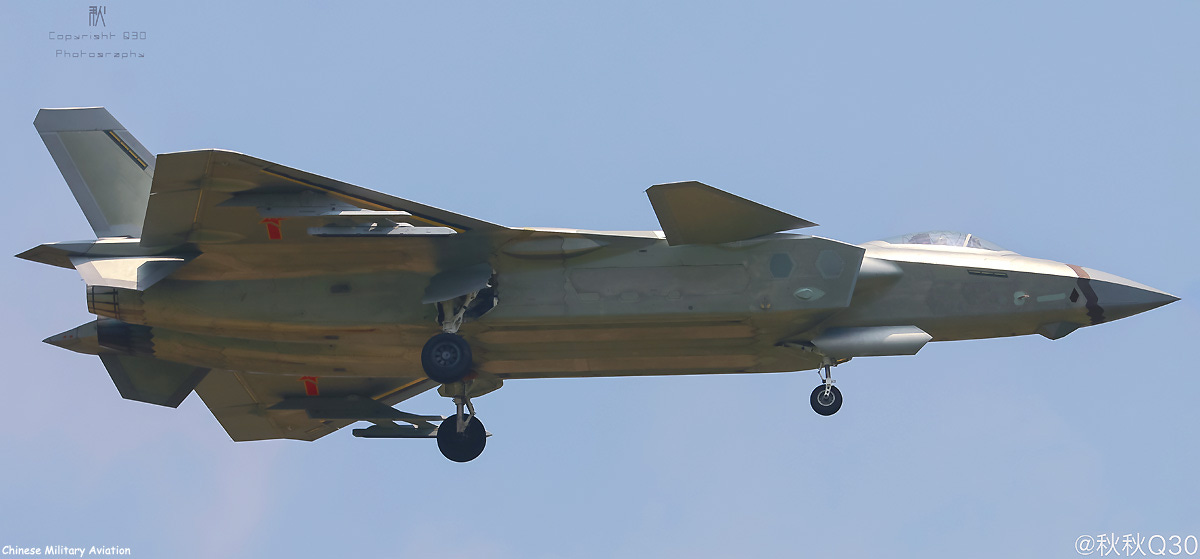
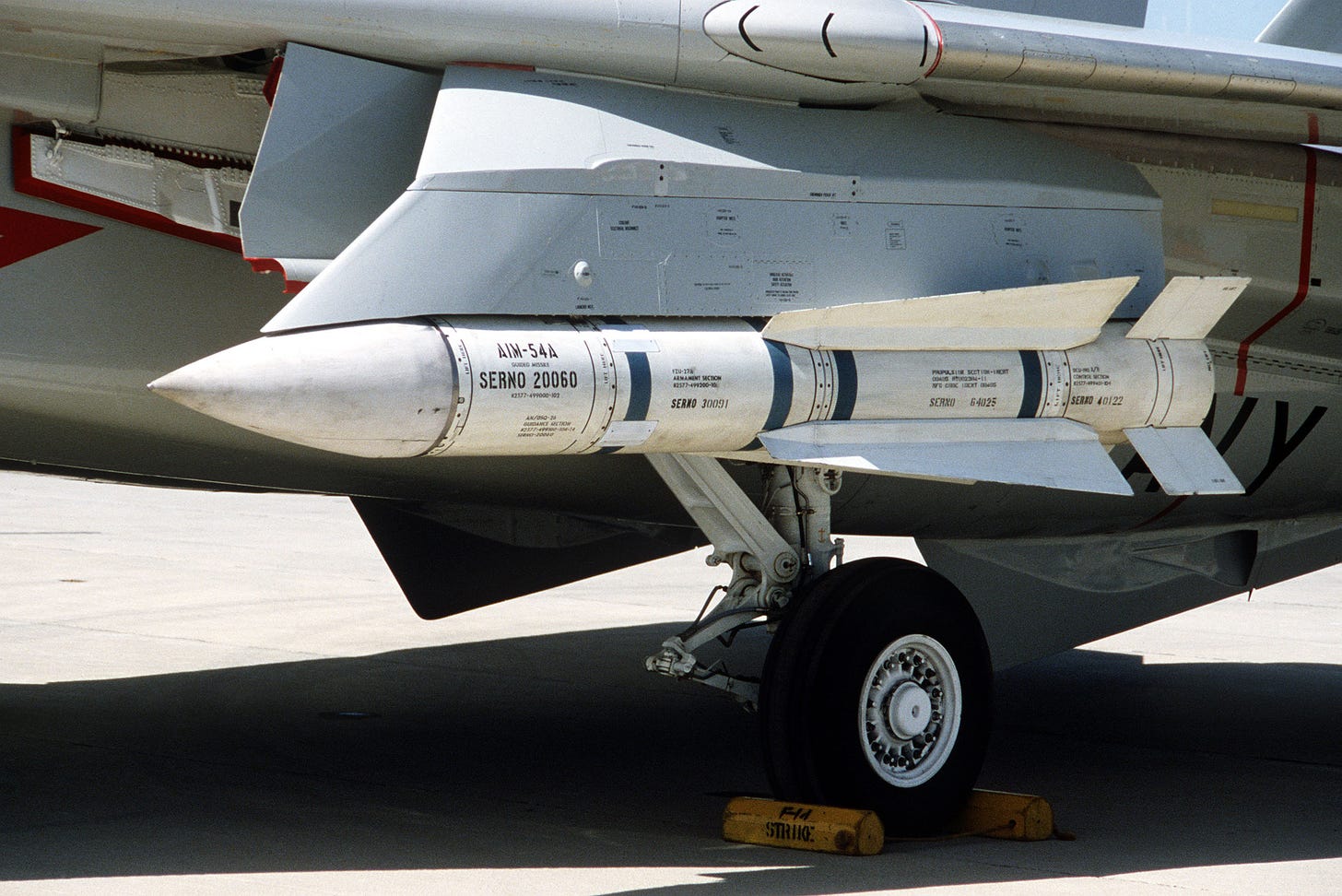
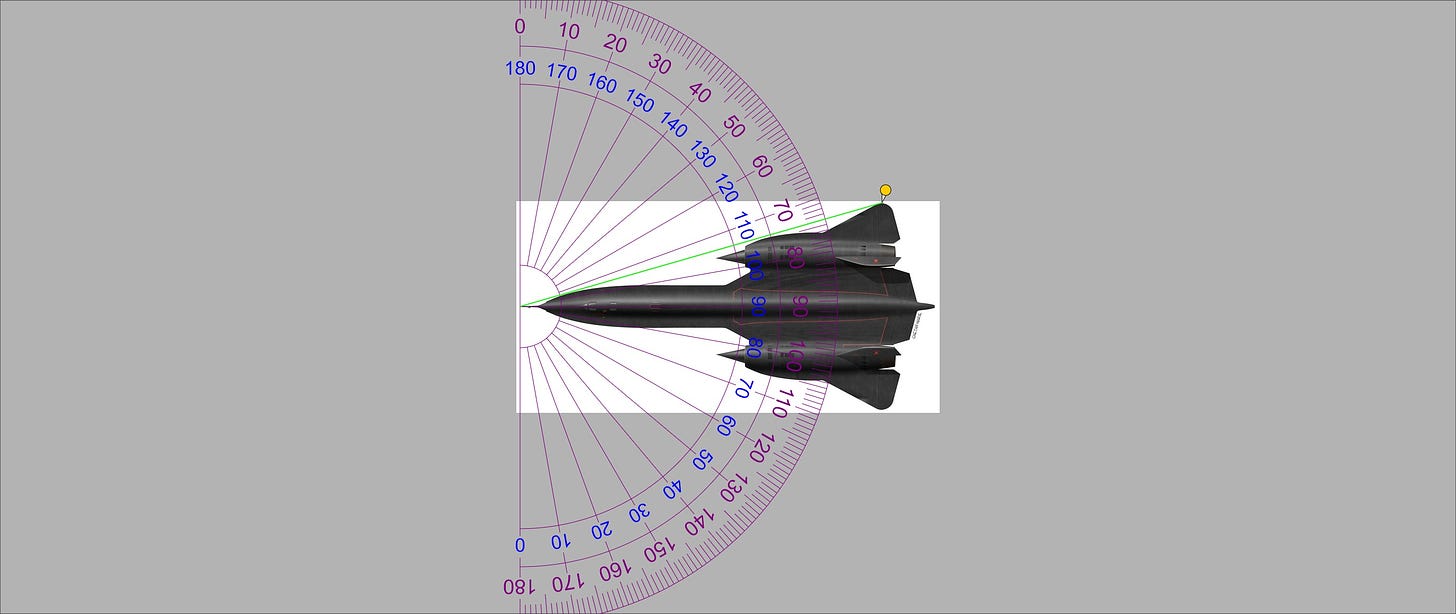
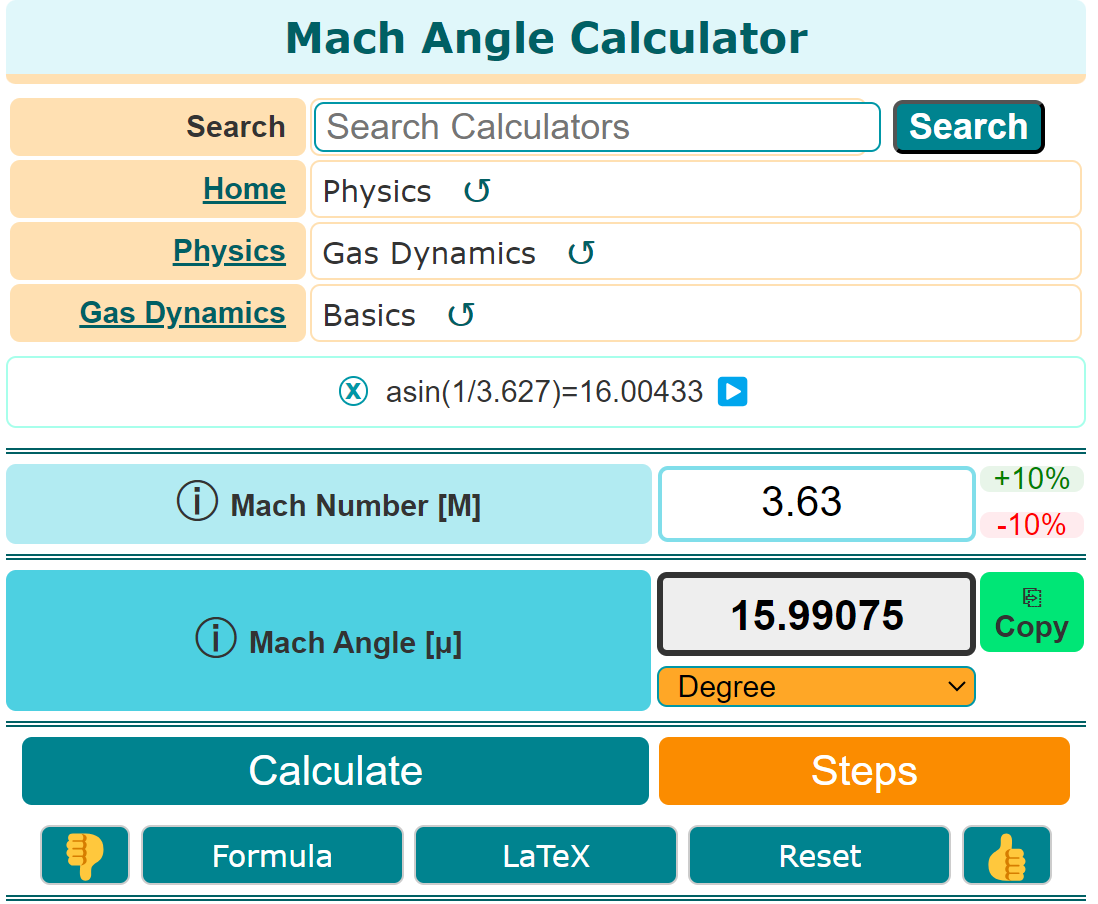
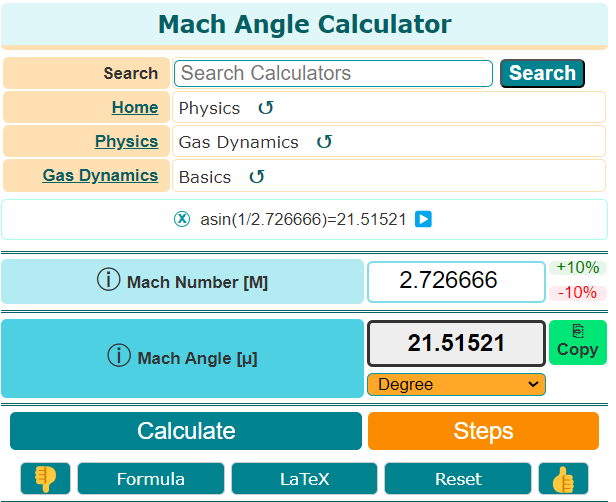
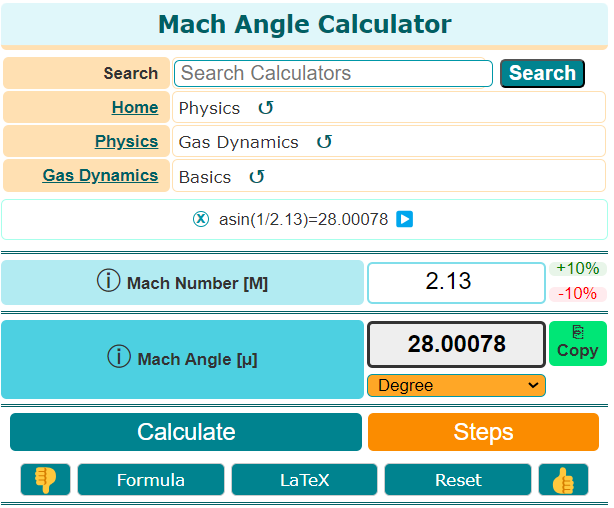
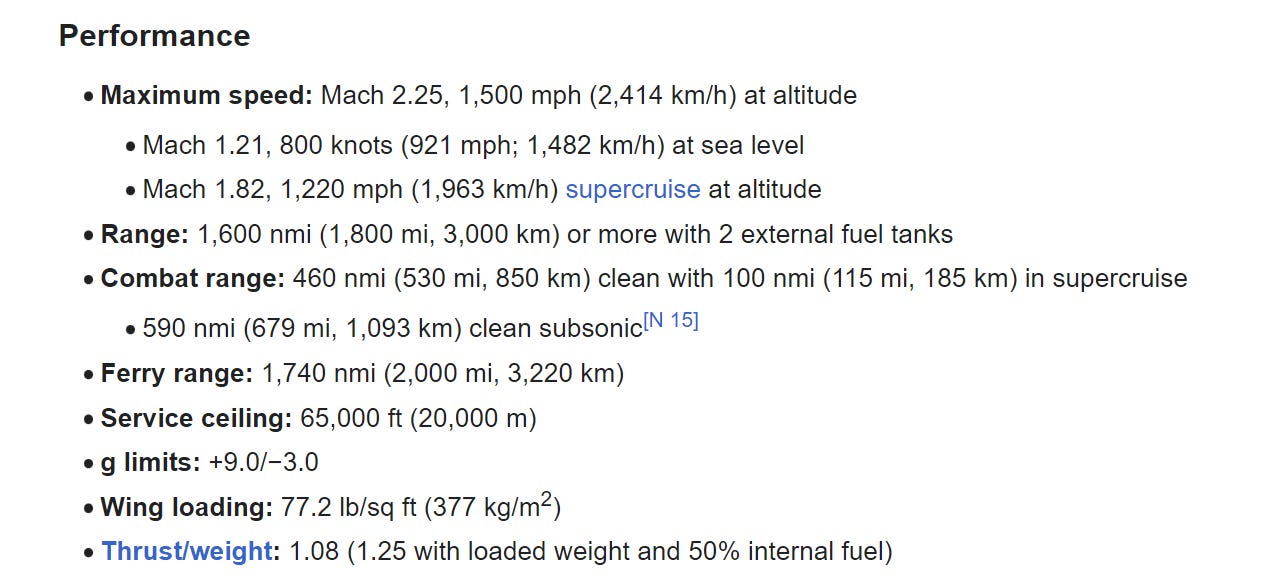
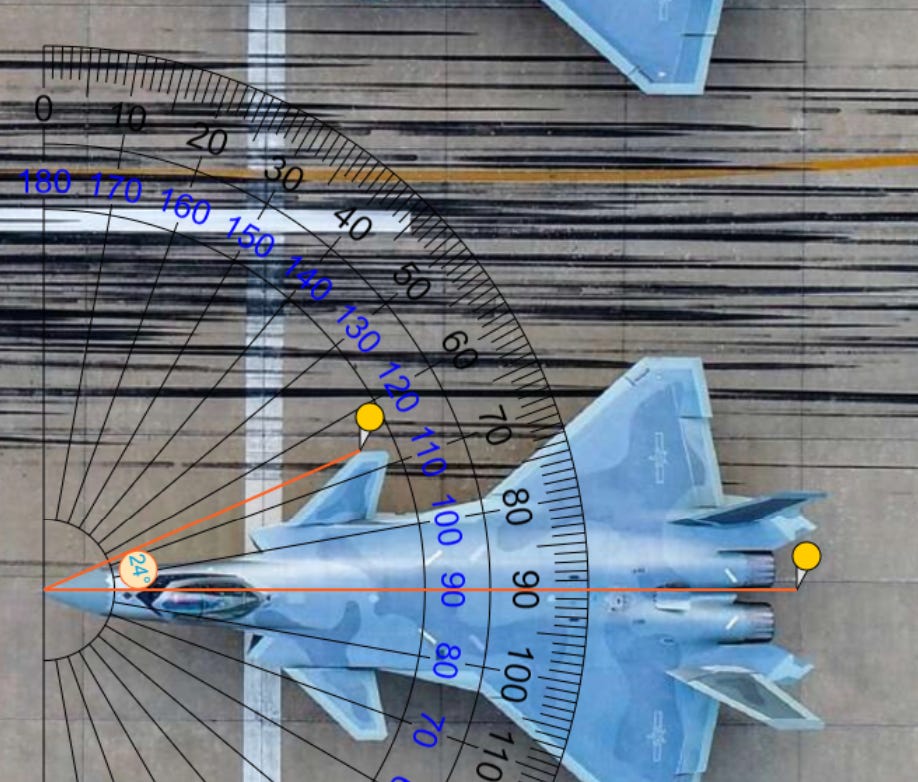
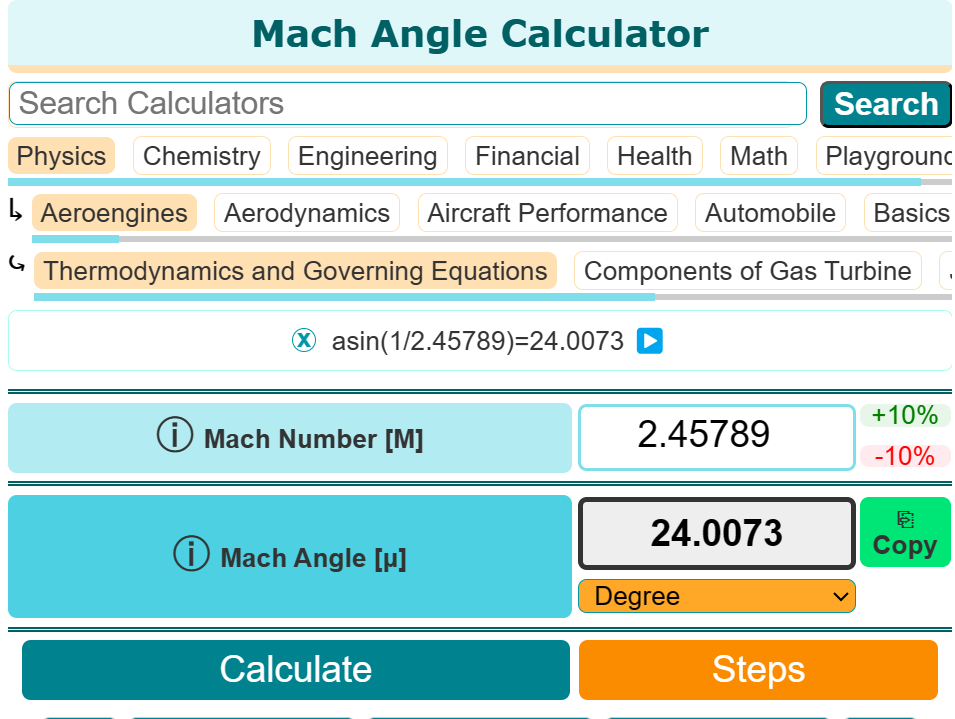
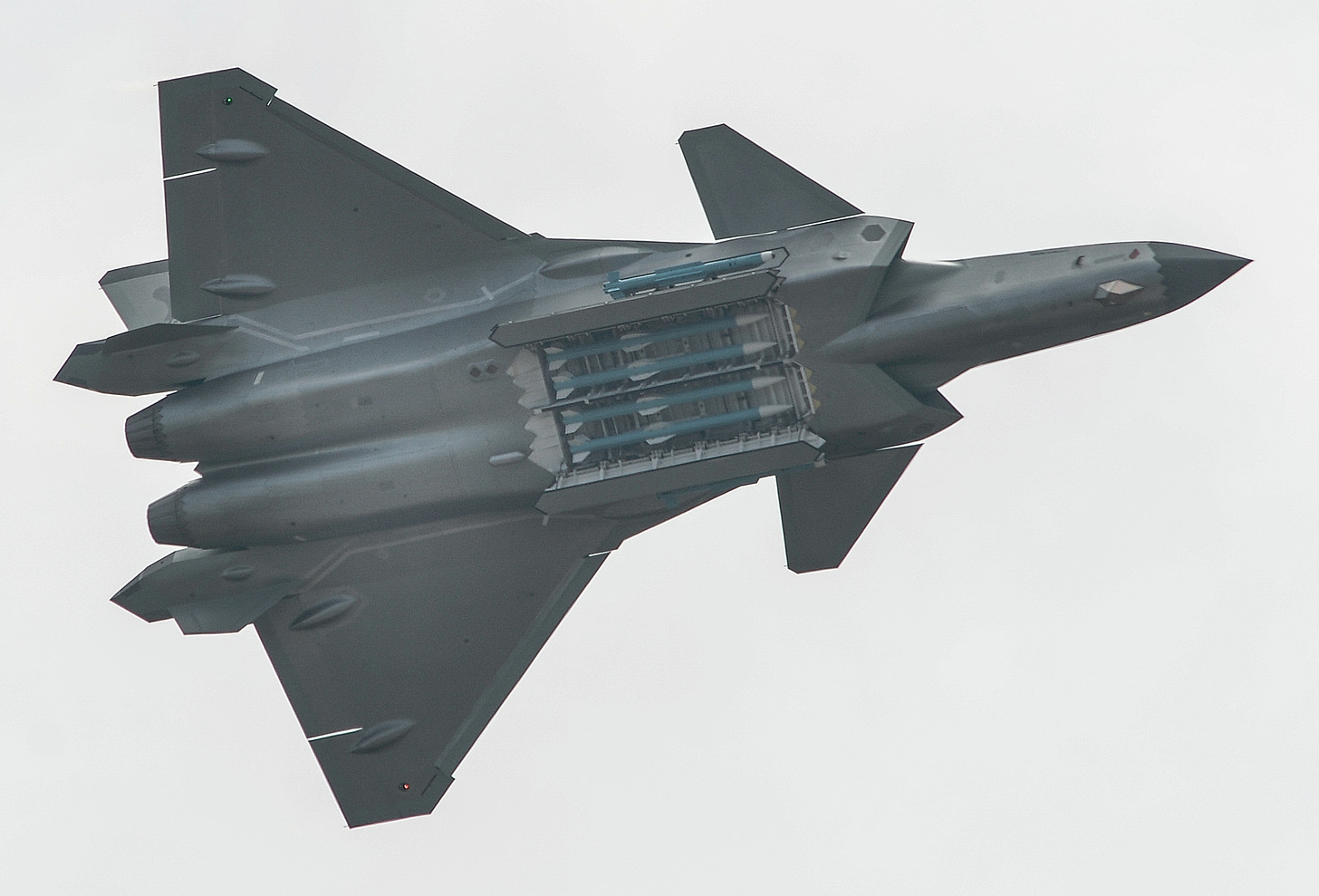
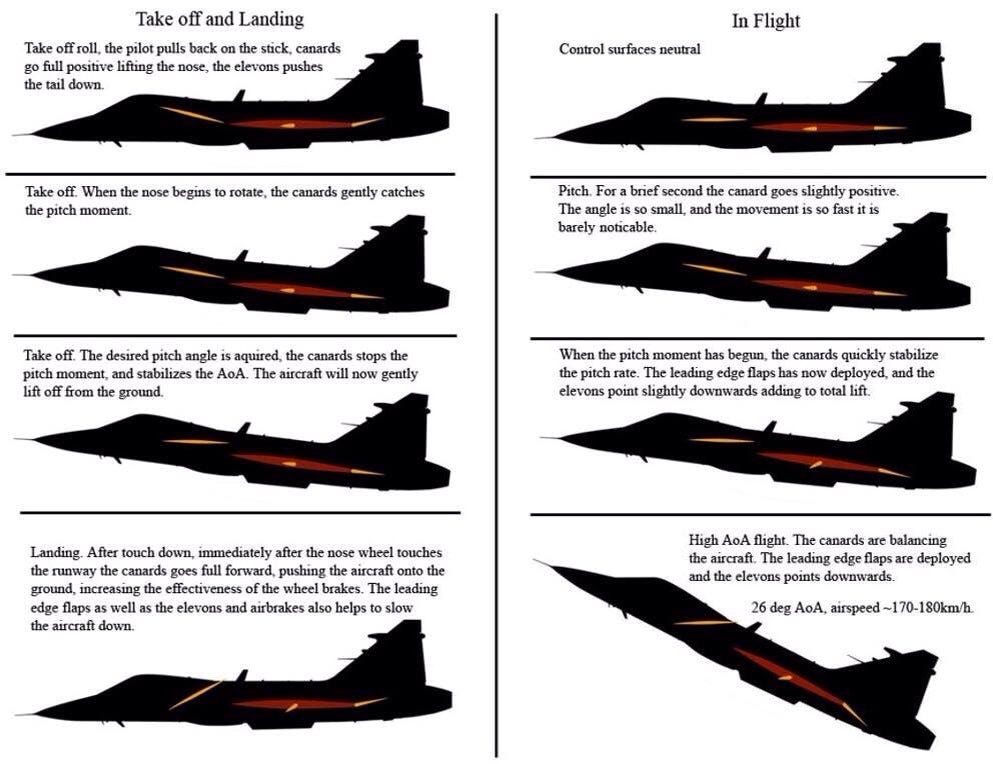

Thank you very much! This is the highest quality technical review I have seen on the j20. I am a college student majoring in mechanical engineering from China. Looking forward to seeing more of your articles about China!!!!Thank you